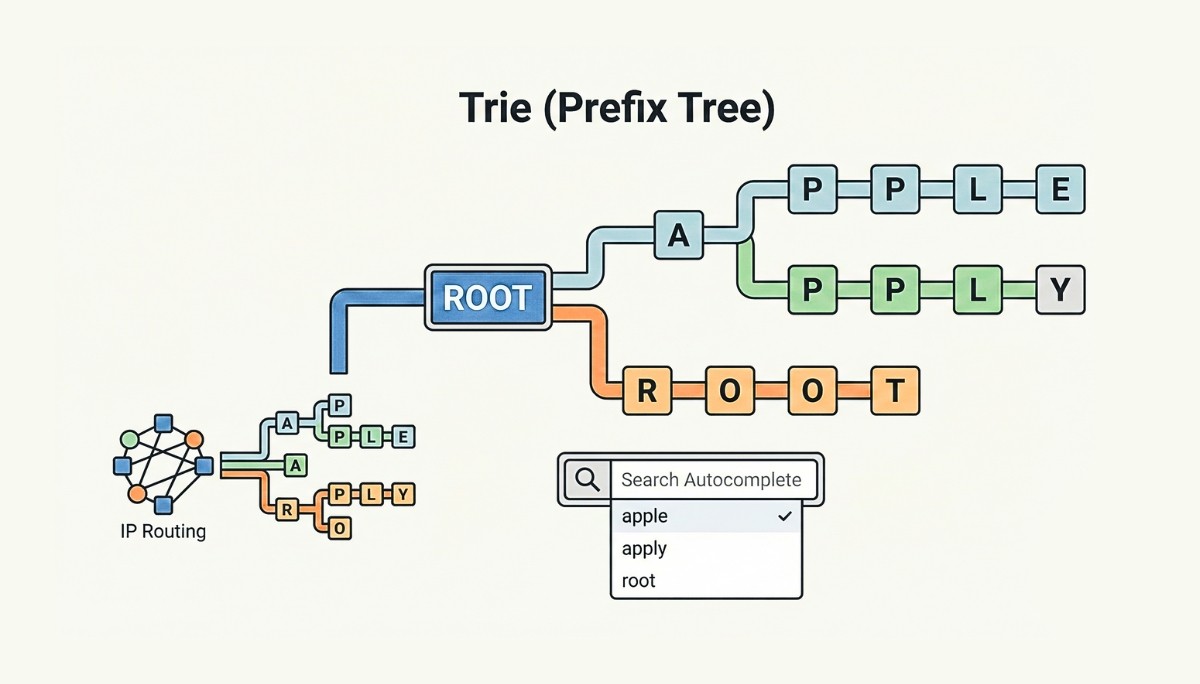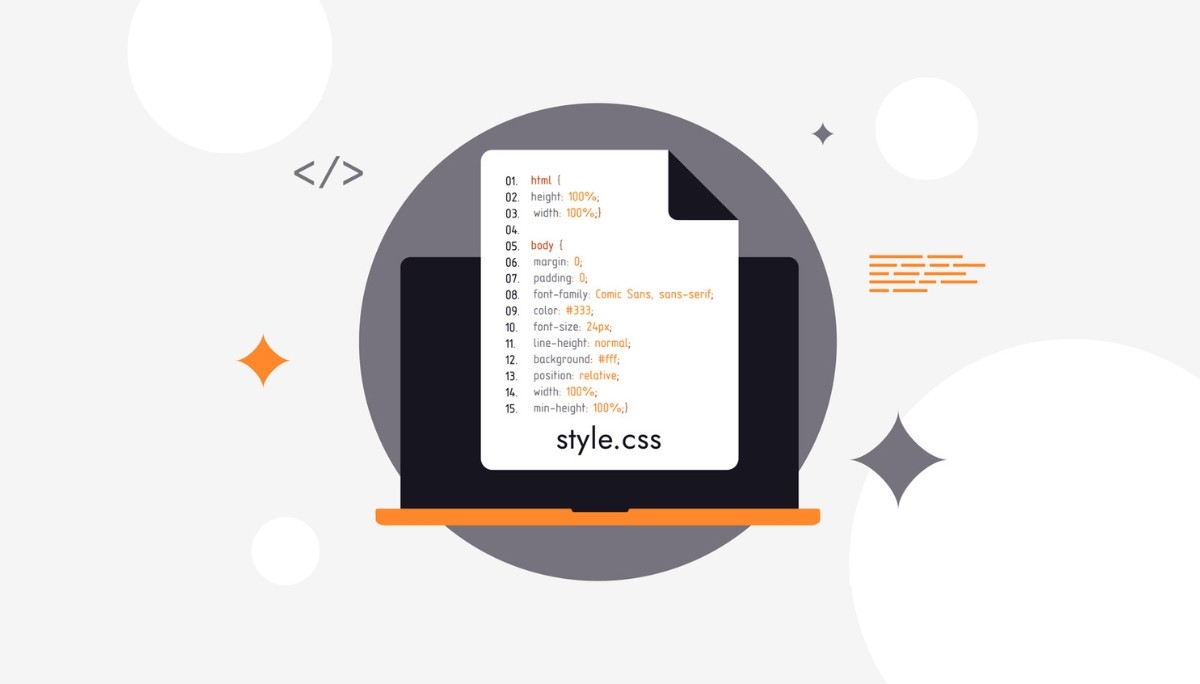Why User-Centered Design Matters in Mobile App Development
By
Samantha Cox
•
Nov 7, 2025
Why does user-centered design matter in mobile app development? It ensures the final product matches user needs, leading to higher satisfaction and engagement. In this article, we’ll explore why user-centered design matters in mobile app development by prioritizing users to make your app intuitive, enjoyable, and successful.
Key Takeaways
User-Centered Design (UCD) prioritizes user needs and involves continuous feedback, leading to more intuitive and user-friendly mobile applications.
Incorporating user research and iterative testing enhances satisfaction and retention by aligning app features with user preferences and addressing usability challenges.
Aligning business goals with user needs is essential for app success, leveraging effective design strategies to create engaging experiences that drive user loyalty.
Understanding User-Centered Design in Mobile Apps

User-Centered Design (UCD) is a methodology that prioritizes the user’s needs, ensuring that every aspect of the design process revolves around creating the best possible experience for them. The primary focus of UCD is to frame projects around the user’s needs, feelings, and goals, leading to better user experiences in mobile apps.
The concept of UCD has evolved significantly since the early 2000s, with companies increasingly recognizing the importance of prioritizing user needs in their design processes. This approach has proven successful because it considers users’ natural behaviors and incorporates them into the design, resulting in more intuitive and user-friendly applications.
At the heart of UCD lies empathy, which is one of the key principles of user-centered design principles and core principles. Listening to users and addressing their problems allows developers to create products that users love and are eager to engage with. A deep understanding of users and their expectations is essential before defining the project scope.
The UCD lifecycle involves gathering insights, defining requirements, and continuously improving the design based on user feedback. This iterative process ensures that the final product aligns with the user’s needs and expectations, leading to higher satisfaction and retention rates.
Enhancing User Satisfaction and Retention

User-centered design enhances satisfaction by ensuring that apps are intuitive and easy to use, which encourages users to engage. Focusing on user needs and user preferences enables developers to create applications that resonate with their audience, resulting in a user centered approach that leads to higher engagement and retention rates, reflecting various user behaviors. This is achieved through an effective user centered design approach and user centric design, as part of a user centered design strategy, emphasizing the importance of human computer interaction for intended users.
One of the key aspects of UCD is the iterative design process, which involves multiple iterations and usability tests to refine the app’s design continuously. This approach can lead to significant usability improvements, with studies showing up to 165% improvement across iterations. Engaging users throughout the design process helps ensure that the final product meets both functional requirements and provides a meaningful and enjoyable user experience.
Several successful apps have demonstrated the power of UCD in enhancing user satisfaction and retention. For example:
Duolingo employs gamification techniques, such as leaderboards and achievement badges, to keep users engaged and motivated.
Spotify’s features like ‘Discover Weekly’ and ‘Release Radar’ utilize personalization to boost user engagement.
Airbnb emphasizes community building and customization, creating a user-friendly experience for both guests and hosts.
Focusing on user satisfaction in the design process not only meets immediate user’s needs but also builds long-term loyalty among users. Designers focus on prioritizing user needs and continuously refining the app based on feedback, allowing developers to create applications that improve user satisfaction and that users love and remain loyal to over time.
The Role of User Research in Mobile App Development
User research helps developers understand user behavior and expectations, shaping informed design decisions. The primary goal of user research in mobile app development is to understand user motivations, challenges, and goals, which provides a strong foundation for creating user-centric designs.
User research involves both qualitative and quantitative data research methods. Qualitative research provides insights into user motivations, while quantitative data research focuses on numerical data to understand user needs. Combining these research methods allows businesses to collect quantitative data and utilize user research data that effectively informs the design process. The chosen research method enhances the overall effectiveness of the findings.
Creating user personas based on research findings helps tailor the app’s design to meet specific user needs. A user persona reflects real potential target users and helps in understanding their needs and preferences. Analyzing and synthesizing data in generative research puts users in the creation of personas that represent representative users, guiding design decisions to identify patterns and create user scenarios for different user segments.
Integrating UX research from the start of the design process ensures that user needs are prioritized. Design decisions should be guided by user data and feedback rather than personal assumptions, ensuring that the final product aligns with user expectations and provides a positive user experience.
Iterative Design Process: Prototyping and Testing

The iterative nature of user-centered design allows for ongoing refinement of applications based on user feedback. This continuous improvement product development process enhances the overall product quality, ensuring that the final app meets user needs and expectations.
Prototyping is a crucial first step in the user-centered design process. Prototypes range in fidelity from low-fidelity sketches to high-fidelity interactive designs that resemble the final product. High-fidelity prototypes are used for testing specific features and interactions later on, providing valuable insights into the app’s usability.
Usability testing is essential for uncovering navigation issues and improving the overall user experience. Regularly testing prototypes with actual users helps developers identify and resolve usability challenges, ensuring the final app is intuitive and user-friendly. During remote usability testing, it’s important to ask users about their initial impressions, ease of navigation, and any confusing aspects of the design, utilizing various usability testing techniques and user testing.
After gathering user feedback in the iterative design process, development teams should apply changes based on insights and iterate the design as part of the development process and design and development process. This continuous feedback loop ensures that the app remains aligned with user expectations and provides a positive user experience post-launch.
Addressing Pain Points and Improving Usability

User feedback is crucial in putting users at the forefront of identifying specific usability challenges and guiding design improvements for the target audience. Listening to users and understanding their pain points allows developers to address user input effectively, enhancing the overall user flows and users needs user experience while minimizing user frustration and user problems. When the user interacts with the design, it becomes easier to pinpoint areas for improvement and meet the user’s requirements.
User journey mapping and storyboarding are useful techniques. They assist in identifying gaps or potential challenges within the user journey map. Task analysis further improves the efficiency of user actions by understanding their needs and streamlining processes. Incorporating accessibility features in mobile apps expands the user base and demonstrates a commitment to inclusivity.
Several large tech companies gather feedback using in-app surveys. Salesforce is one such company that shapes features based on user needs. Involving users in the design process helps spot potential issues early and ensures that the product is intuitive and user-friendly. Good information architecture also plays a vital role in helping users find what they need without frustration, reducing the chances of user abandonment.
Improving usability enhances the overall user experience and increases user retention. Addressing usability issues and continuously refining the app based on feedback enables developers to create highly usable applications that users love and remain loyal to over time.
Aligning Business Goals with User Needs
Aligning business objectives with user needs starts with clearly defining the business goals to ensure they resonate with user requirements. Understanding the business’s value proposition can help UX designers create solutions that meet user needs while achieving commercial success.
Effective design often involves reducing obstacles in the user journey to facilitate smoother interactions that benefit both users and businesses. Some organizations face direct conflicts between user desires and business goals, necessitating innovative UX strategies to bridge these gaps.
User experience can provide a competitive advantage in a crowded app market, making user-centered design essential for app success. UX designers can enhance customer engagement by focusing on inclusive design that caters to a broad user base, thus aligning with business growth strategies.
Fonzi’s approach includes organizing networking events to connect AI professionals with businesses that prioritize user-centered design. This helps companies find the right talent to enhance their app’s usability, ultimately aligning business goals with user needs.
Real-World Examples of User-Centered Design in Mobile Apps

Real-world examples of user-centered design in mobile apps demonstrate the effectiveness of UCD principles in creating meaningful products for real users. These user centered design examples highlight how successful application of UCD principles can enhance user satisfaction and retention.
Duolingo employs gamification techniques, such as leaderboards and achievement badges, to keep users engaged and motivated. This approach has proven successful in enhancing user retention and interaction.
Spotify’s features like ‘Discover Weekly’ and ‘Release Radar’ utilize personalization to boost user engagement. By tailoring content to individual users’ preferences, Spotify creates a more engaging and enjoyable user experience.
Airbnb emphasizes community building and customization, creating a user-friendly experience for both guests and hosts. Focusing on user needs and continuously refining their platform based on feedback has enabled Airbnb to create a highly successful and user-centric app.
How Fonzi Supports User-Centered Design in AI-Powered Mobile Apps
Fonzi helps companies find elite AI engineers to efficiently develop user-friendly mobile applications. By leveraging AI tools, Fonzi streamlines the hiring process to attract candidates who can contribute to user-centric mobile app development.
Fonzi enhances efficiency in recruitment by directly matching engineers with employers instead of relying on candidates to apply for numerous positions. This approach ensures that companies find the right talent quickly and efficiently.
The platform requires companies to disclose minimum salary details upfront, preventing time wasted on unsuitable offers for candidates. Fonzi utilizes an AI interviewer to streamline the application process, allowing candidates to engage at their convenience.
Fonzi’s personalized approach assigns recruiters to candidates, ensuring that their unique skills and preferences are highlighted. This approach, combined with the Match Day feature, enables candidates to connect directly with multiple employers in a single event, significantly speeding up the hiring process.
Why Choose Fonzi for Your AI Hiring Needs
Fonzi delivers high-signal, structured evaluations with built-in fraud detection and bias auditing, unlike black-box AI tools or traditional job boards. This ensures that companies find top-tier, pre-vetted AI engineers who can contribute to user-centric mobile app development.
Fonzi makes hiring fast, consistent, and scalable, with most hires happening within three weeks. This efficiency is crucial for companies looking to quickly scale their AI teams and enhance their app’s usability.
Fonzi preserves and even elevates the candidate experience, ensuring engaged and well-matched talent. By focusing on both the needs of companies and candidates, Fonzi creates a positive hiring experience for all parties involved.
In conclusion, Fonzi’s approach to AI hiring ensures that companies find the right talent to develop user-friendly mobile applications, aligning business goals with user needs and enhancing overall user satisfaction.
Summary
User-Centered Design is essential for creating mobile apps that users love and engage with. By prioritizing user needs and continuously refining the app based on user feedback, developers can enhance user satisfaction and retention.
From understanding the core principles of UCD to exploring real-world examples and discussing how Fonzi supports UCD in AI-powered apps, this blog post has provided a comprehensive guide to creating user-friendly mobile applications.
Using User-Centered Design in mobile app development not only meets immediate user needs but also builds long-term loyalty and competitive advantage. Let’s continue to put users at the center of our design processes and create apps that truly resonate with our audience.




